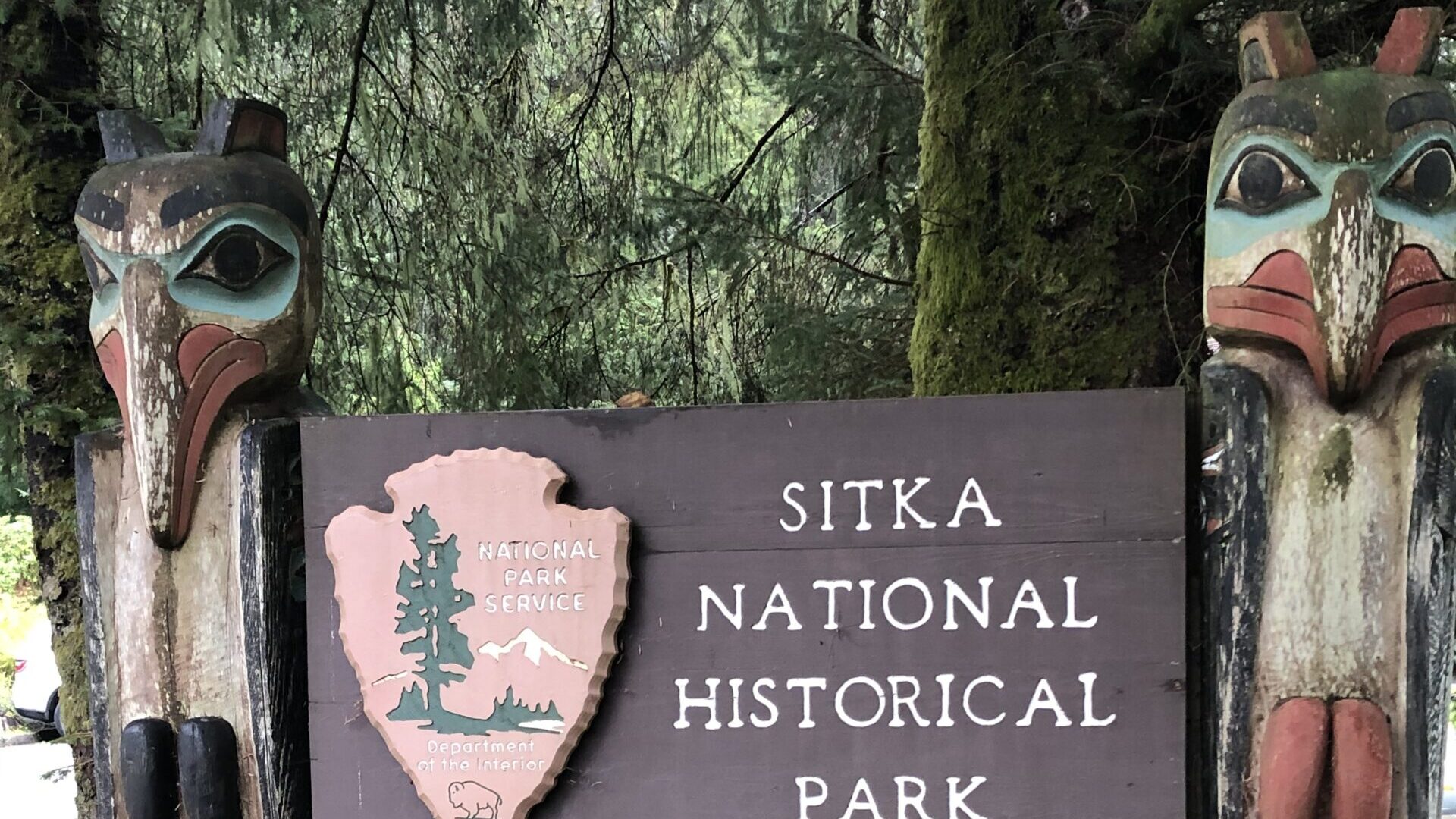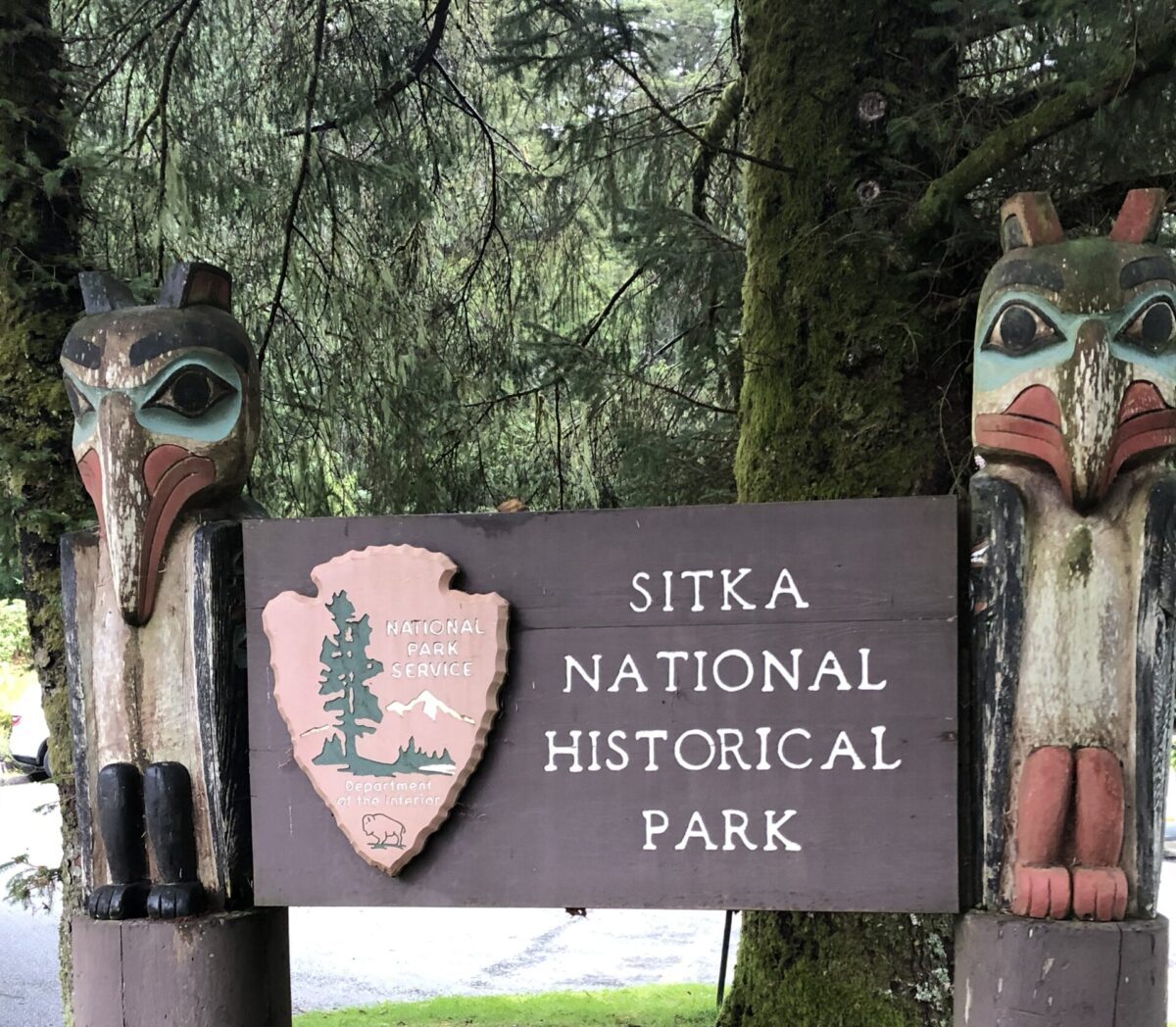Sitka National Historical Park
The first national park unit established in Alaska – Sitka National Historical Park – was our last national park unit in Alaska. Now we can proudly say that we have visited all 16 of the national park units in Alaska that are administered by the National Park Service.
After thousands of miles traveling in the state of Alaska – planes, trains, boats, kayaks, canoes and hiking – it is amazing to think that we have reached the end and Sitka did not disappoint. It was a great place to end our Alaskan journey. Not only does it have beautiful scenery and lovely hikes through the rainforest, it was also a really interesting place to visit.
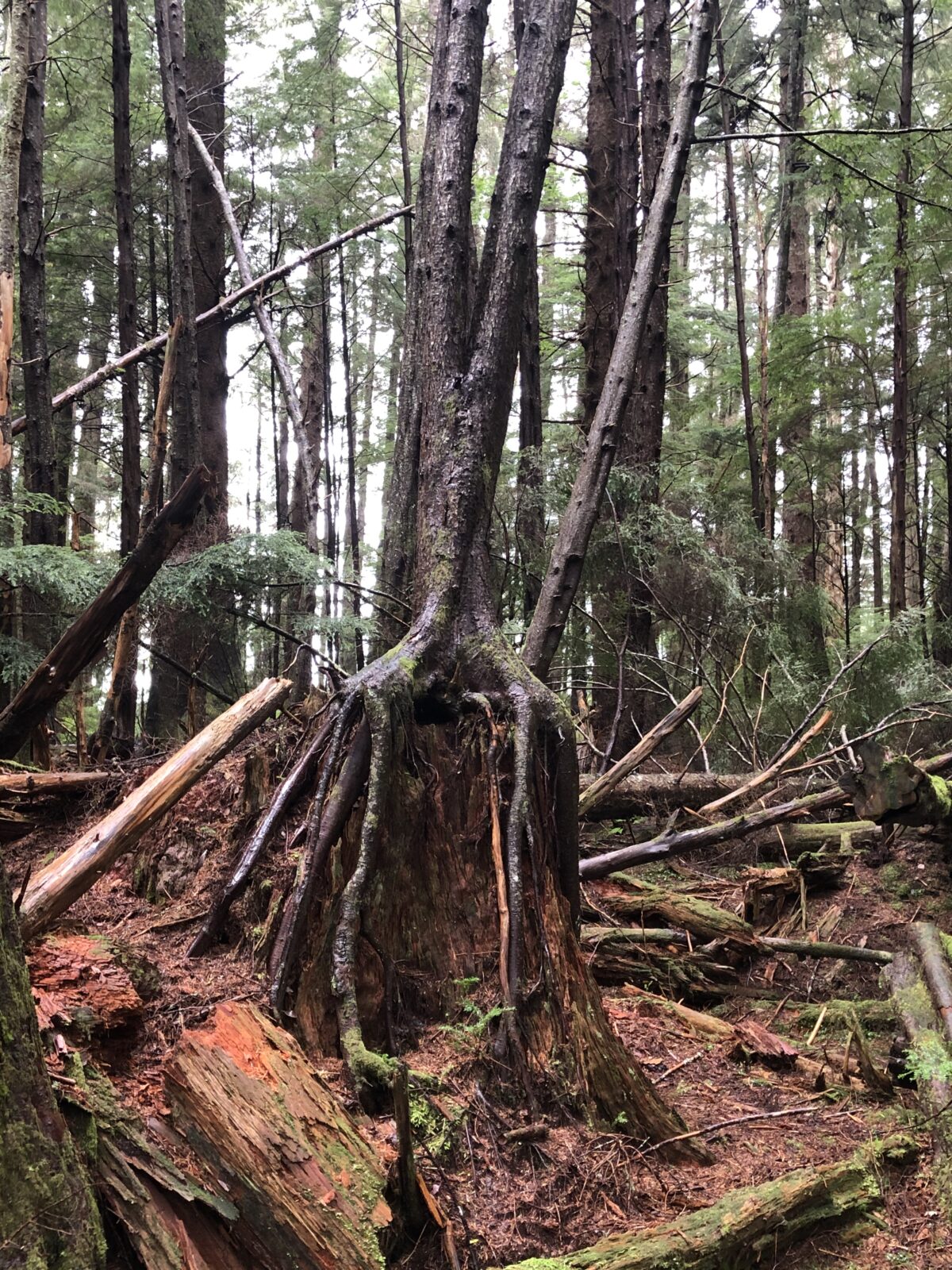
About Sitka National Historical Park
Established in 1910 as a National Monument, what is now Sitka National Historical Park preserves the rich history of the area – originally settled by the Tlingits (pronounce Cling-its), then encroached on by the Russian-American Company, and finally purchased by the Americans in 1867 at which point Sitka became the US territorial capital.
In 1799 the Russian-American Company established a base in Sitka from which they could pursue the fur trade, hunting otters with the help of the locals. Initially they were accepted, at least cautiously, but in 1802 the Tlingits rebelled against the Russians and attacked their settlement.
This was historical in that the Tlingits won, however a few years later the Russians returned with fortifications and ejected the Tlingits from their land. It is this, the battle of Sitka in 1804, that you see preserved in Sitka National Historical Park. There is a battle site and fort site, plus historical markers you see along the trail through this lovely park.
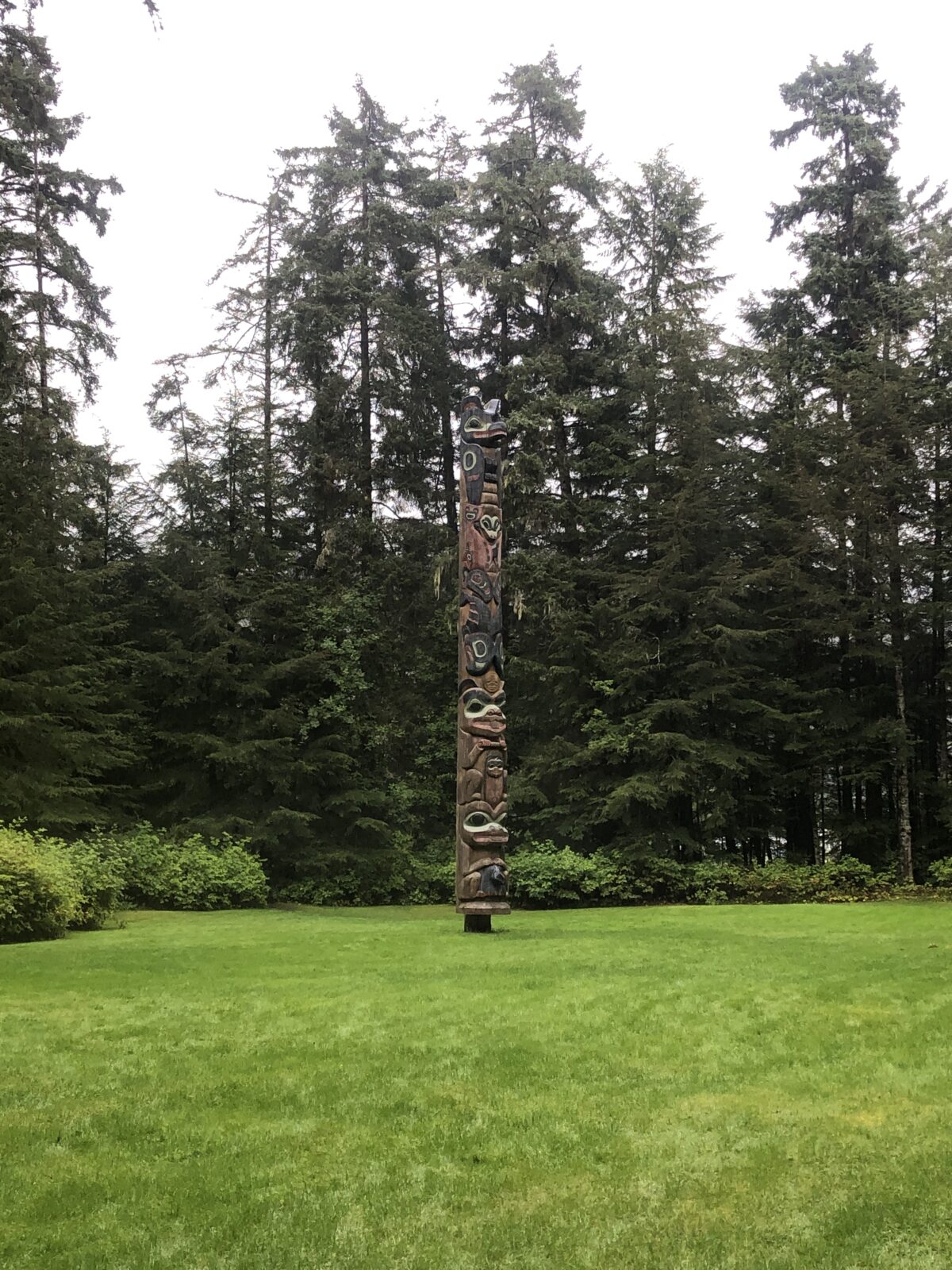
Totem Poles at Sitka National Historical Park
Also throughout the park are Totem Poles. These did not come from here, in fact, they were donated by villages in southeastern Alaska and erected in the park.
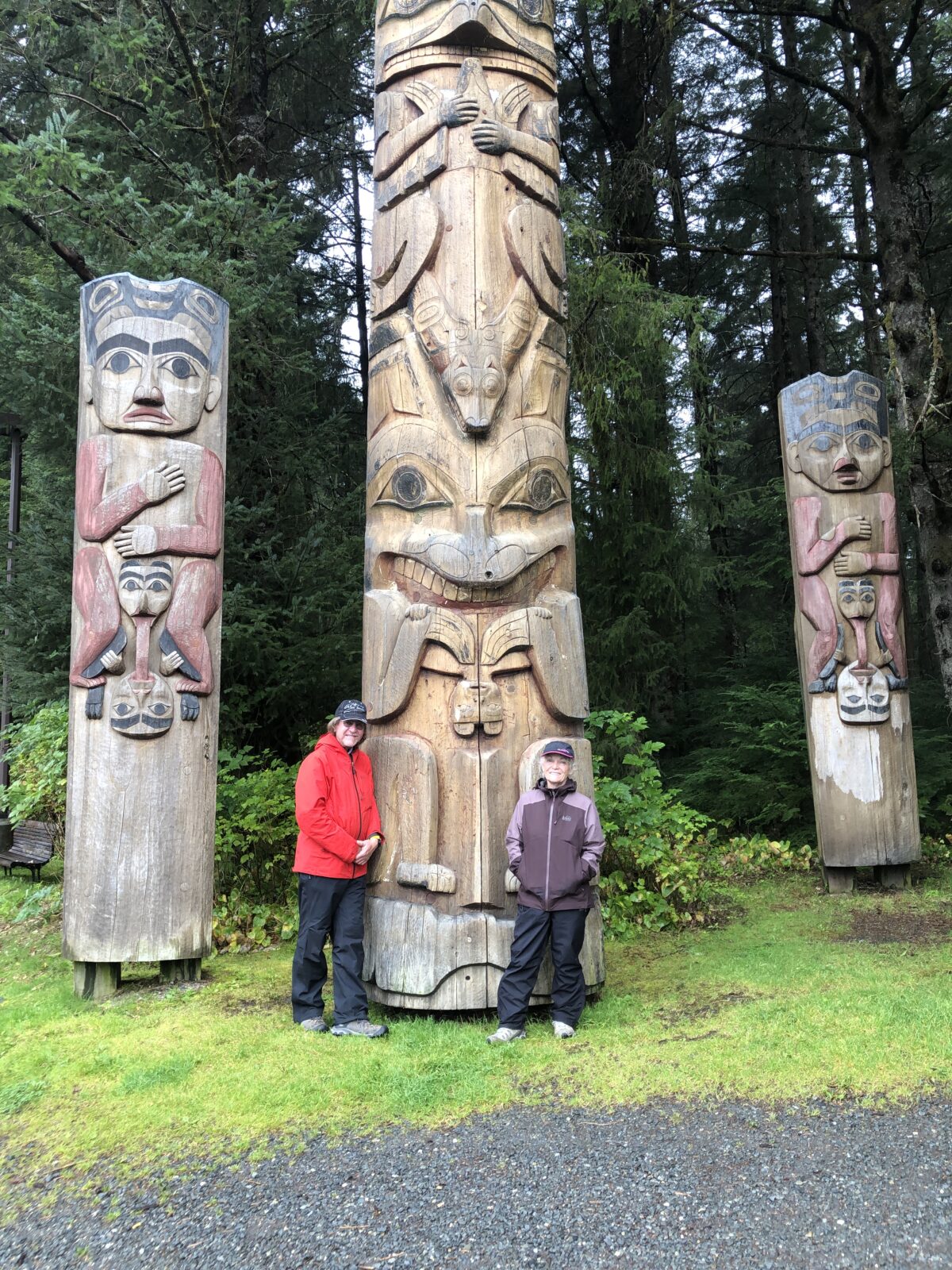
Originally totem poles were used to tell the clan’s history and depict their lives. There are four different types of poles – crest poles (ancestry of a family), history poles, legend poles (folklore / experiences) and mortuary poles. After seeing a few of these, we could easily identify the key elements: salmon, bears, ravens, frogs, sharks, and the village watchmen sitting atop the pole.
Some of the earliest poles were put up here in the early 1900’s and left to decay naturally. Now most of the poles you see outdoors are replicas or new poles. It is great to see that the art of carving is sill alive and encouraged there. Inside the visitor center you can see a few of the original totems. There are also great descriptions of the poles and what they mean.
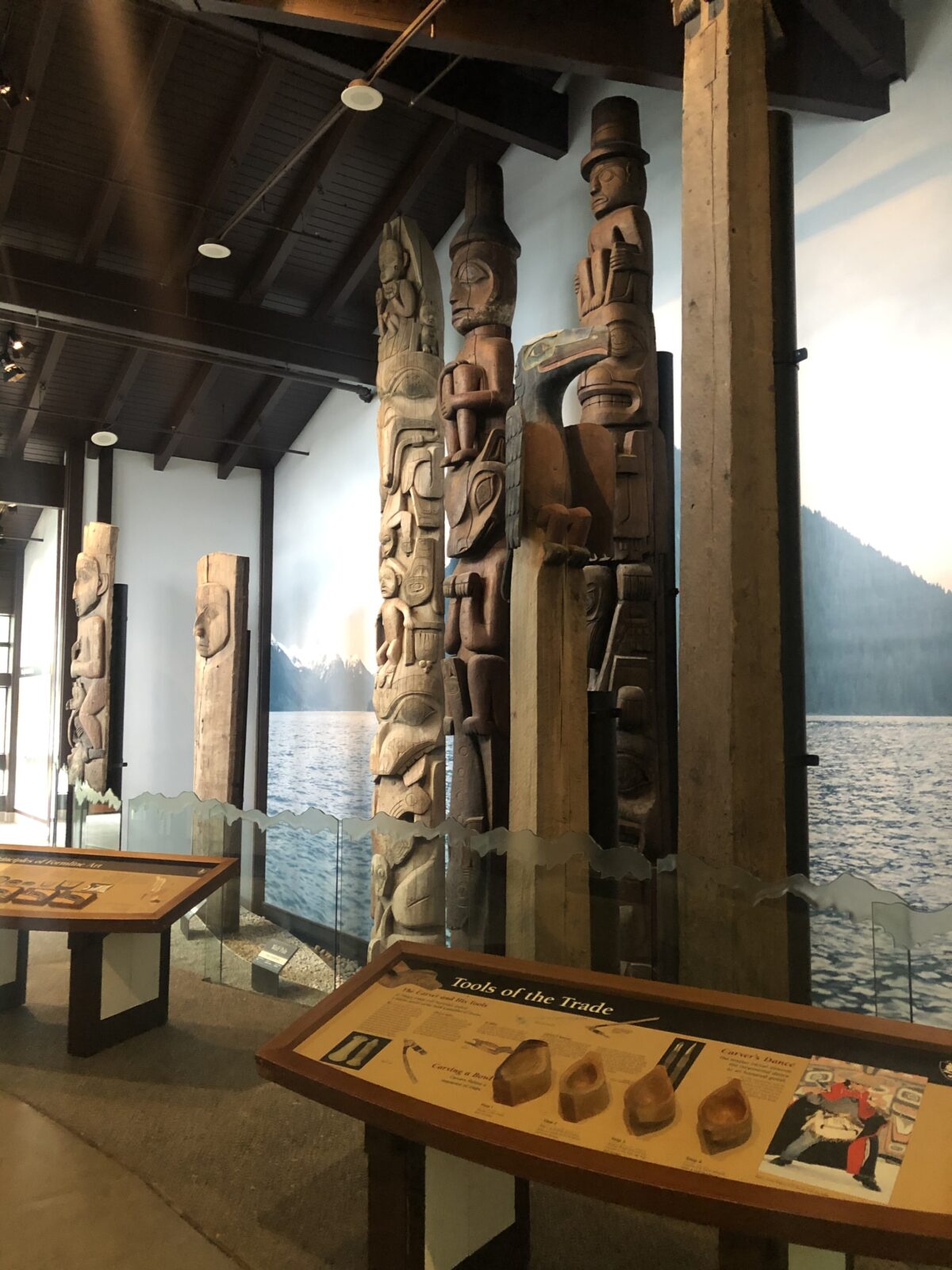
National Historic Landmarks in Sitka
There are lots of other things to see in Sitka. In fact, there are eight National Historic Landmarks in Sitka including the Russian Bishops House, St. Michael’s Cathedral, Alaska Native Brotherhood Hall and Castle Hill.
The National Park Service purchased the Russian Bishops House in 1972 and has restored it, preserving a great example of Russian architecture.
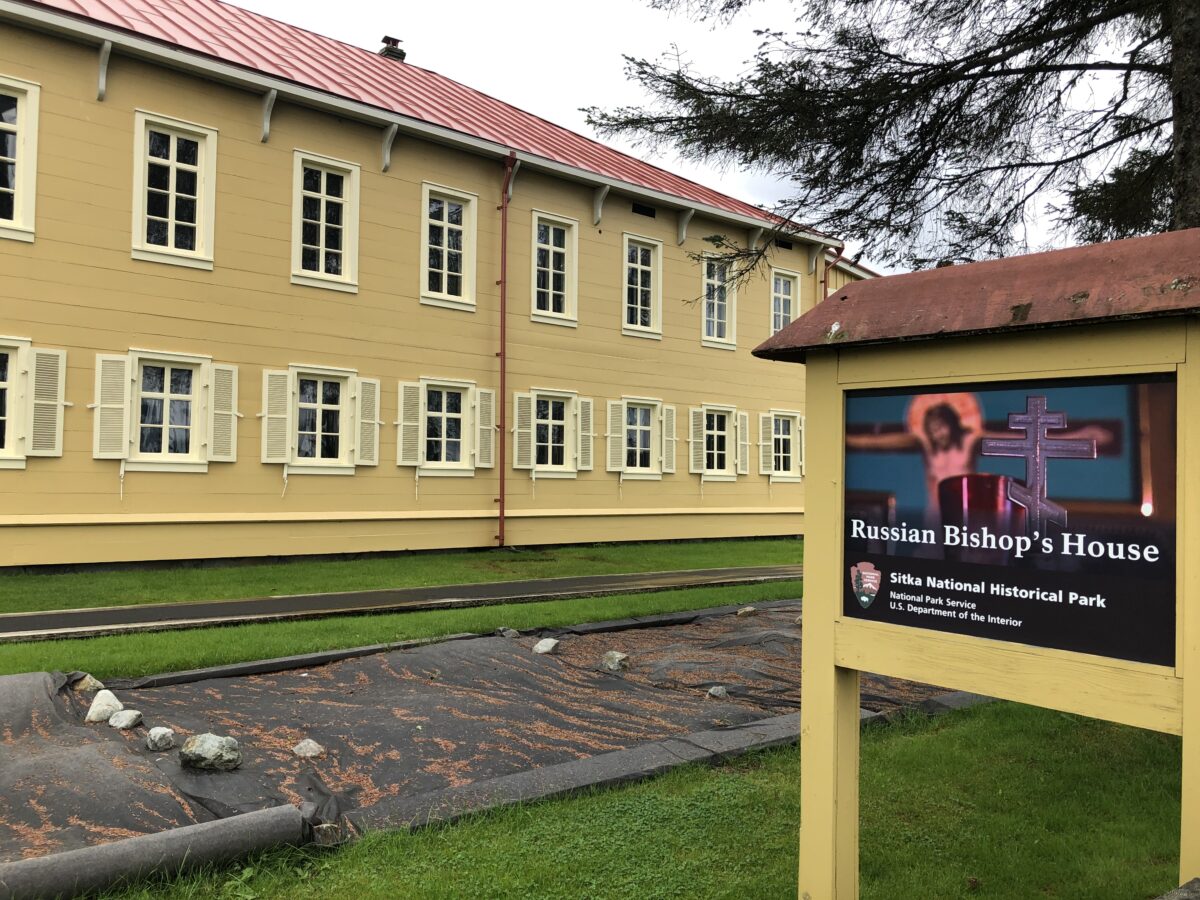
It houses a great collection of icons from the Russian Orthodox Church in an original sanctuary. The ranger-led tour is really interesting.
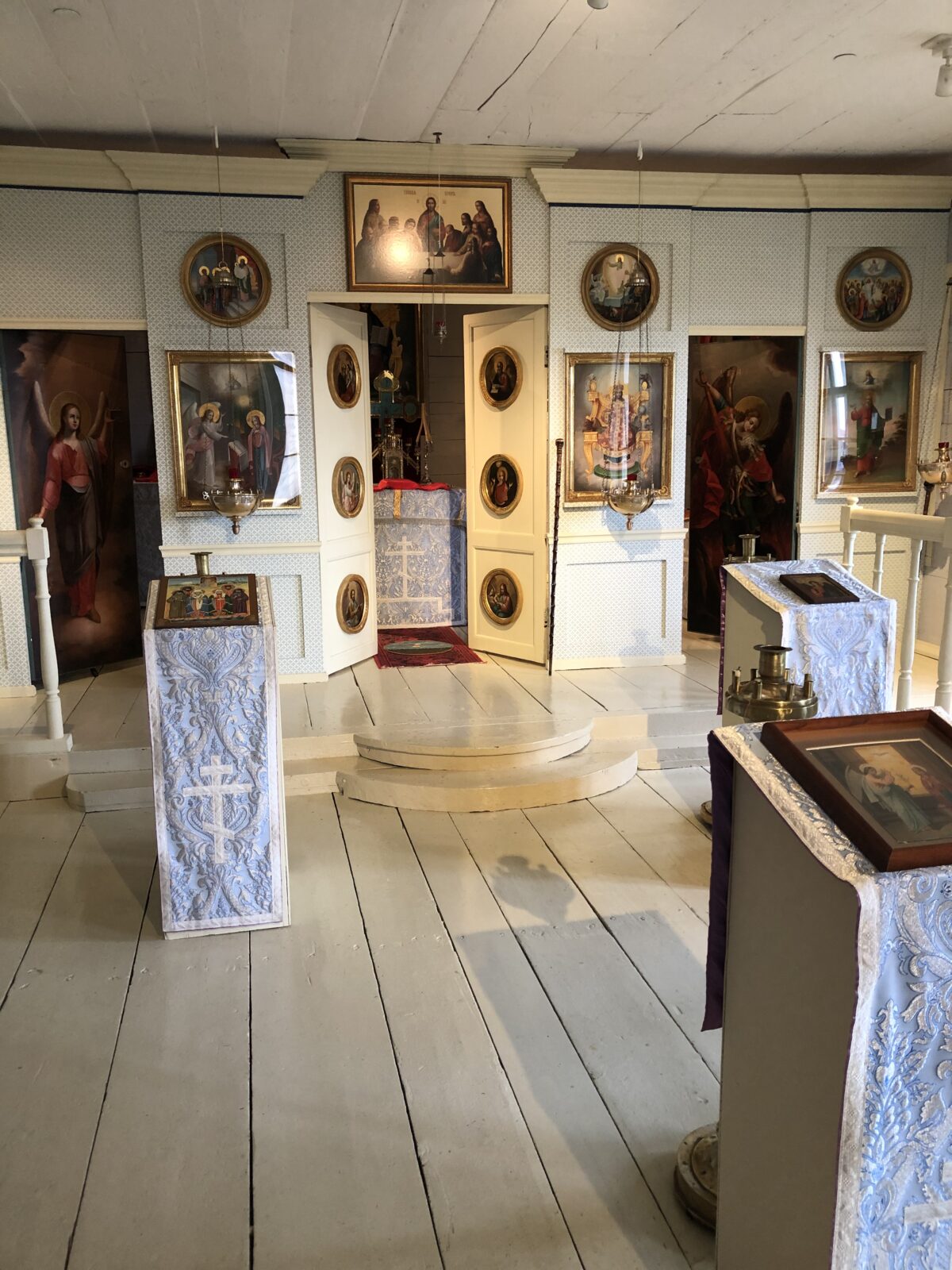
Also be sure to walk up Castle Hill. This is an Alaska State Historic Site, where on October 18, 1867 Russian and American dignitaries met to transfer Alaska into US hands as a US territory. In 1959 a flag was raised with 49 stars when Alaska became a state.
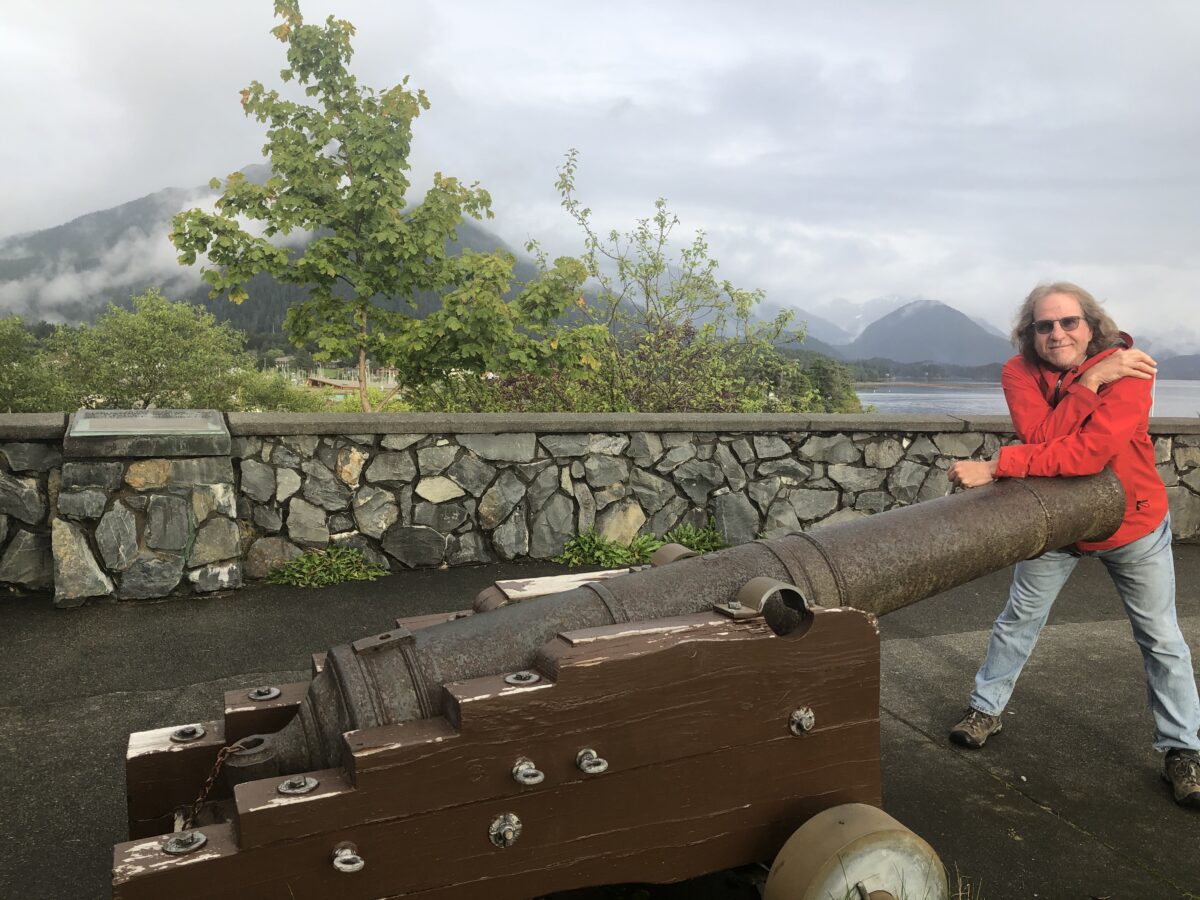
It is hard to think of a time when Alaska was not part of the United States. It is certainly one of America’s most beautiful places and worthy of the name “The Last Frontier”.
Need Help Planning Your Visits?
If you would like to explore this or other National Park Units, but need a bit help in the planning, please give us a call at (480) 609-3978. We are happy to offer customized trip planning.
#FindYourPark
#SeeAmericaFirst
